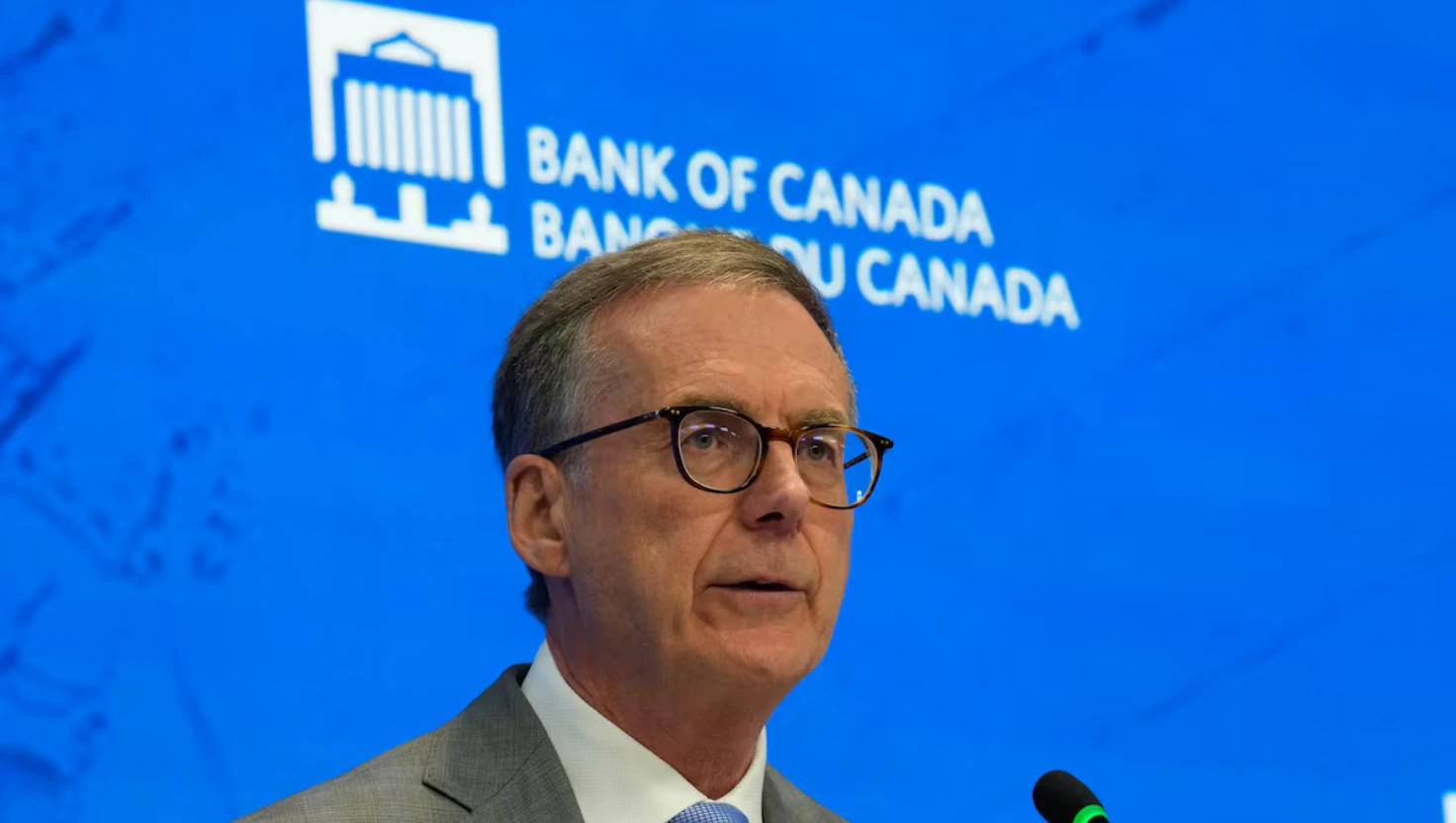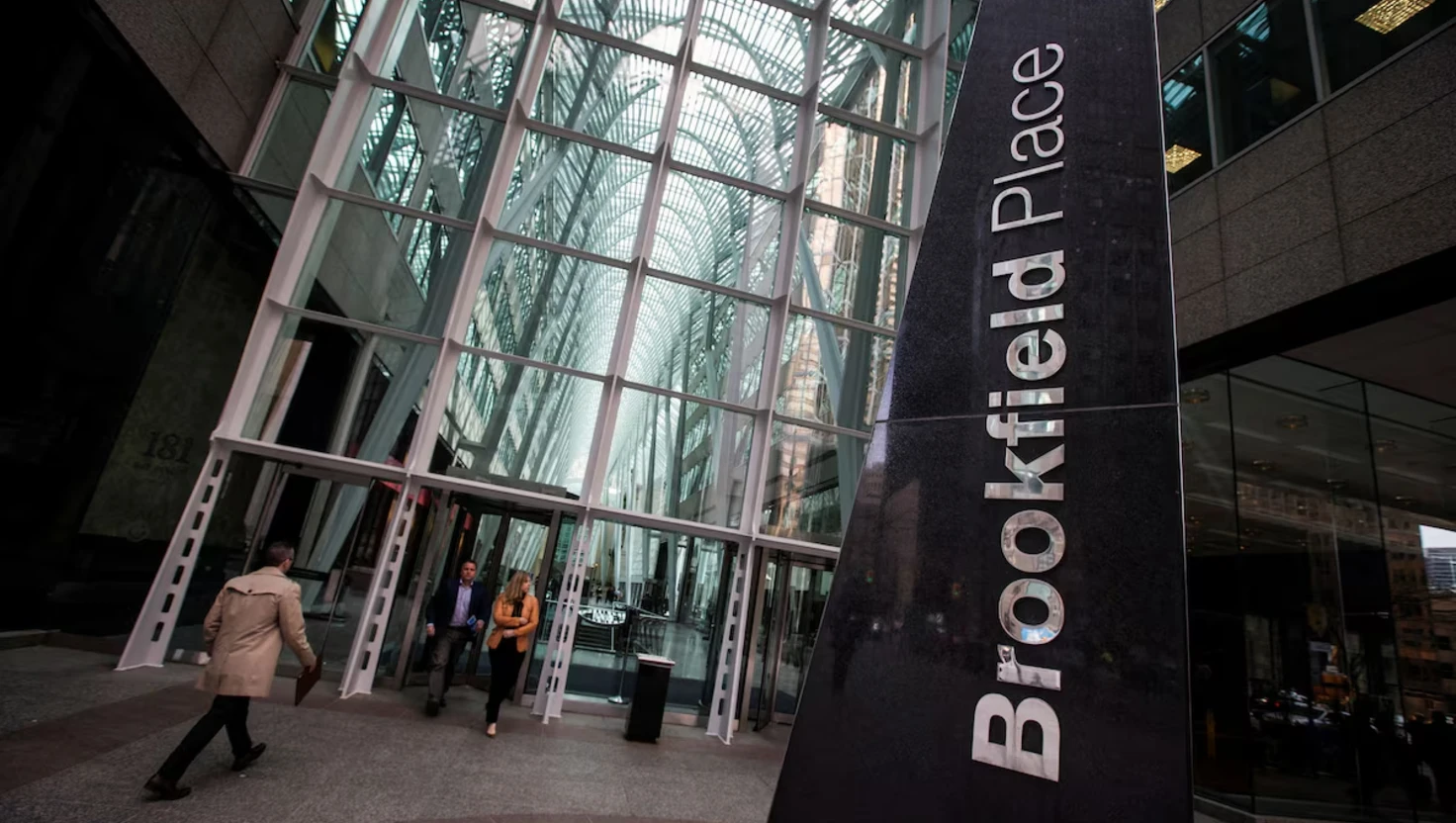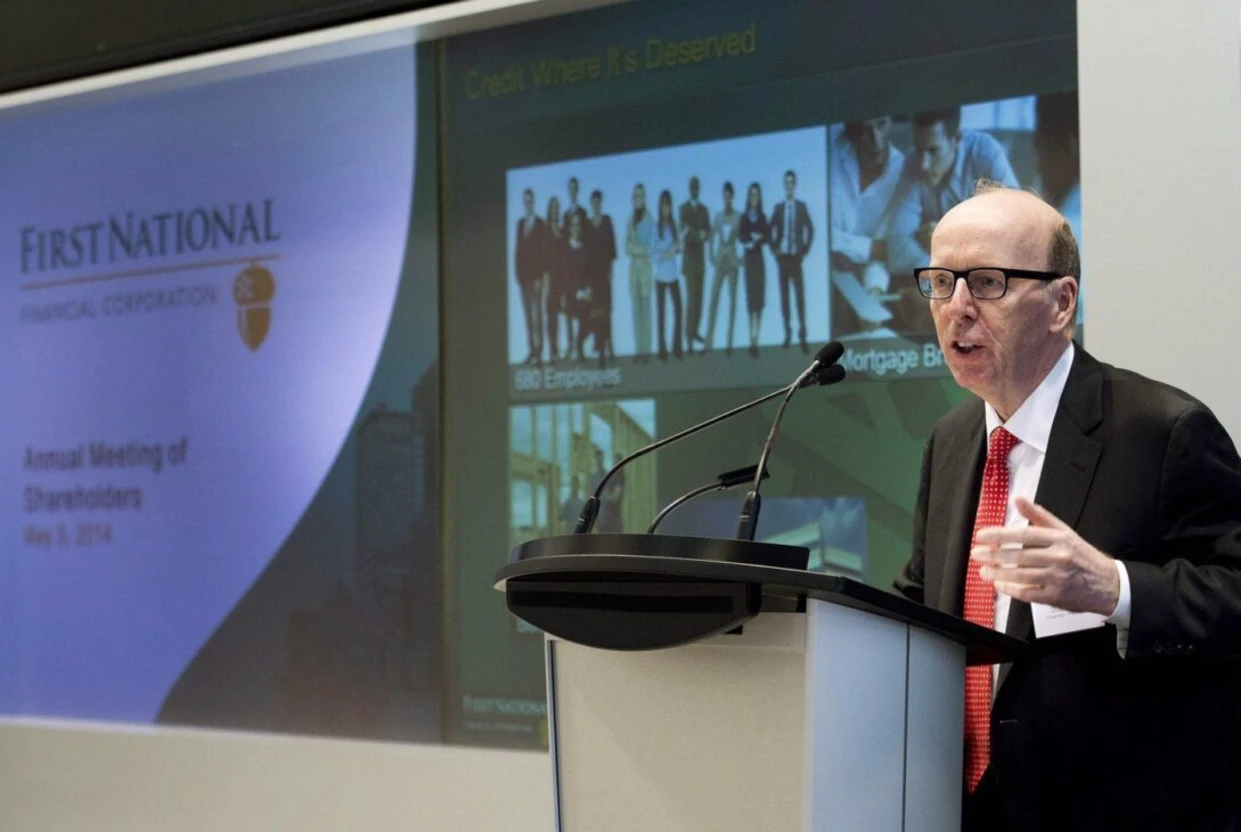Bank of Canada holds interest rate steady in the face of tariffs

Bank of Canada holds interest rate steady in the face of tariffs
The Bank of Canada maintains its benchmark interest rate at 2.75%, citing a resilient economy amid ongoing global trade tensions and U.S. tariffs.
Bank of Canada Holds Rates Steady Amid Tariff-Driven Uncertainty
The Bank of Canada has kept its benchmark interest rate unchanged at 2.75%, citing sustained economic resilience despite continued global trade tensions, particularly from the United States.
Governor Tiff Macklem said the decision, which follows rate holds in April and June, was based on a “clear consensus” within the central bank’s governing council. Despite elevated uncertainty around international trade, the Canadian economy has not seen a sharp downturn, and inflation pressures remain persistent.
Tariff Impact Less Severe Than Anticipated
The central bank’s rate announcement comes at a time when global trade dynamics remain volatile. Though the U.S. has reached partial trade agreements with nations such as Japan and members of the European Union, tariffs have remained in place, raising concerns over long-term global economic growth.
In prepared remarks, Governor Macklem noted that recent deals had helped ease fears of a “severe and escalating” trade war, but warned that “the United States is not returning to open trade.” He acknowledged that some Canadian sectors continue to face challenges due to the tariffs, particularly in manufacturing and export-driven industries.
Monitoring Inflation and Export Demand
The Bank of Canada said it would closely monitor how tariffs influence business activity and demand for Canadian exports, as well as the degree to which import duties are passed on to consumers in the form of higher prices.
The central bank uses interest rate adjustments as a key tool to manage inflation. Lowering the rate can stimulate economic growth by making borrowing cheaper, while maintaining or raising it helps contain inflationary pressures. The decision to hold the rate indicates a cautious approach amid conflicting signals from global markets.
No Central Forecast Amid Ongoing Uncertainty
Alongside the rate decision, the Bank of Canada released its latest monetary policy report. However, the report did not contain a single, central forecast for the national economy. Instead, it presented three economic scenarios—one based on current tariff levels, and two others outlining either a de-escalation or intensification of trade measures.
Each scenario assumes that some level of U.S. tariffs on Canadian goods will remain in place. The bank estimates the effective U.S. tariff rate on Canadian imports is now between seven and eight per cent—up roughly five percentage points since the beginning of the year. Due to exemptions and overlapping duties, pinpointing an exact rate remains difficult.
Compliance with Trade Agreements Expected to Cushion Impact
Despite the tariff increases, the Bank of Canada expects the majority of Canadian goods to remain exempt from U.S. tariffs over the coming years, largely due to compliance with the Canada-United States-Mexico Agreement (CUSMA). Many companies are moving quickly to certify their goods under the agreement to avoid additional trade costs.
Under the status quo scenario—where current tariffs remain unchanged—the central bank forecasts a rebound in economic activity over the remainder of the year. This follows a decline of 1.5% in annualised real gross domestic product during the previous quarter.
Global Trade Pressures Shape Monetary Strategy
The Bank of Canada’s measured stance underscores the delicate balance central banks must strike in a turbulent global economy. While the Canadian economy has shown resilience, future rate changes will depend on evolving trade dynamics, inflation trends, and domestic economic performance.
Governor Macklem reiterated that the bank remains committed to its mandate of maintaining price stability and supporting economic growth, while acknowledging that policy flexibility is necessary in the face of continued global uncertainty.

B.C. Premier rebuffs developers' request for foreign real estate investment
B.C. developers urge Canadian and provincial governments to ease the foreign buyer ban, but Premier David Eby and Minister Christine Boyle reject the proposal.
| 2025-08-01

North Effect: Climate change to spur higher demand for Canadian real estate
A new report reveals climate change is fuelling long-term demand for Canadian real estate, as global migrants seek climate-resilient destinations.
| 2025-07-31

Brookfield Expands Mortgage Holdings with $2.9bn First National Deal
Brookfield and Birch Hill to acquire 62% of First National Financial in $2.9bn move, deepening Brookfield’s presence in Canada’s non-bank mortgage market.
| 2025-07-30

Brookfield and Birch Hill Acquire Majority Stake in First National
Brookfield and Birch Hill to purchase 62% of First National Financial for $1.8bn, marking a major shift in Canada’s non-bank mortgage sector.
| 2025-07-30

Birch Hill and Brookfield to Acquire First National in $2.9 Billion Deal
Brookfield and Birch Hill to acquire Canadian mortgage lender First National for $2.9 billion, with founders retaining a minority stake in the company.
| 2025-07-30




